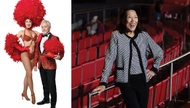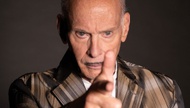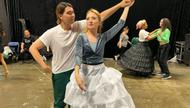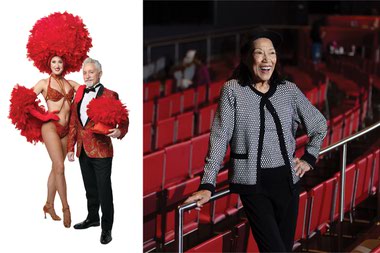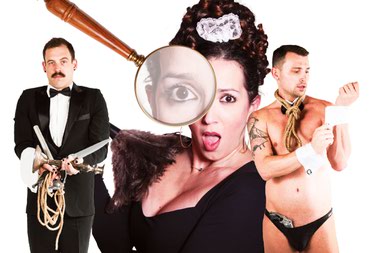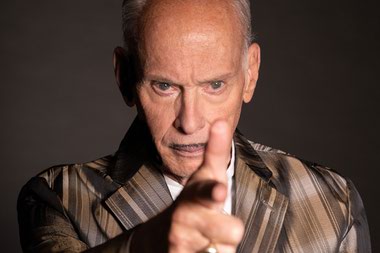How do you go about playing Simba, the lead in one of the most successful Broadway musicals (and films) of all time? For actor Jared Dixon, who took on the role just over four months ago, the answer requires a mix of all his talents: acting, singing, dancing, physicality and, yes, puppetry.
“It’s a journey. It’s a story of redemption and finding yourself and finding something to have faith in that empowers you,” Dixon says of the classic storyline that draws from Shakespeare’s Hamlet. “There’s so many parallels of my life and some of the things that Simba goes through. It’s one of most relatable roles I’ve ever played.”
In case you’ve missed decades of pop culture, here’s a quick recap of the production headed to the Smith Center this month: Adapted from the hit 1994 Disney animated film of the same name, The Lion King tells the story of lion-prince Simba, heir to the savanna until his wily uncle Scar interferes. Blaming himself for his father’s death, Simba goes from singing “I Just Can’t Wait to Be King” to carefree exile with the no-worries motto “Hakuna Matata.” Can Simba accept his fate and reclaim his birthright as King of the Jungle? Did Elton John compose “Can You Feel the Love Tonight” for the hit soundtrack? Yes and yes! (It’s Disney—a happy ending needs no spoiler alert.)
While it might be fun to play a lion, the physical preparation was no float down a jungle river. Dixon, who normally enjoys weightlifting, switched up his workout routine so that he could be “spry and youthful” as his character jumps, lunges and lifts. To achieve this new, lean body type, Dixon does more “movement-based workouts,” like yoga, dynamic stretching and body-weight workouts.
In order to capture director Julie Taymor’s “double event” of embodying both the human and the animal aspects of the character, Dixon trained in Balinese and Javanese movement. Then he made the character his own: “We come up with our own vocabulary of what our animal and our person looks like onstage,” Dixon says, explaining that in lieu of copying previous incarnations of Simba, each successive actor reinvents the role. “It’s really a personalized understanding of your character.”
That performance involves bringing a static mask to life. Dixon likens it to the effect of some painted portraits, where the eyes appear to follow the viewer. “I’m playing the character in four dimensions, and the mask is built to enhance any small movements,” Dixon says. “If I shake my neck, the mane ruffles. When I move my head, the mask bobbles like a lion.” Dixon says that once an actor dons a mask, the masks transforms from inanimate object to “part of a person’s being.”
For Dixon, playing Simba is an absolute honor: “I remember being a kid in New York when Lion King came to town,” he says. At the time, his father was performing in the original Broadway production of Ragtime across the street. “I was privy to the original hoopla. To see where it’s come in this time, to see people still respond to it 21 years later—it’s encouraging every night to go out there and know I’m part of a legacy.”
The Lion King November 7-25, times vary, $40-$173. Reynolds Hall, 702-749-2000.

